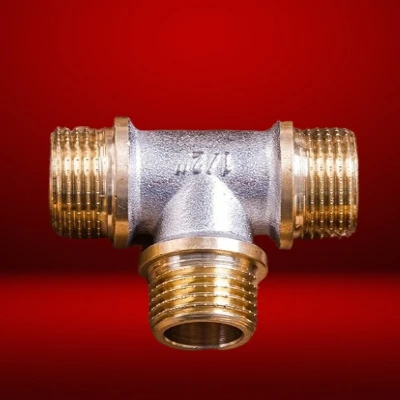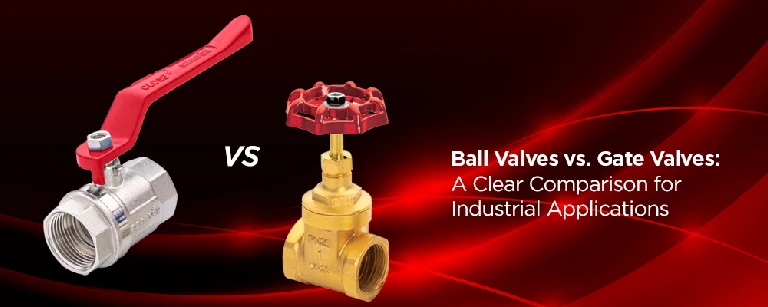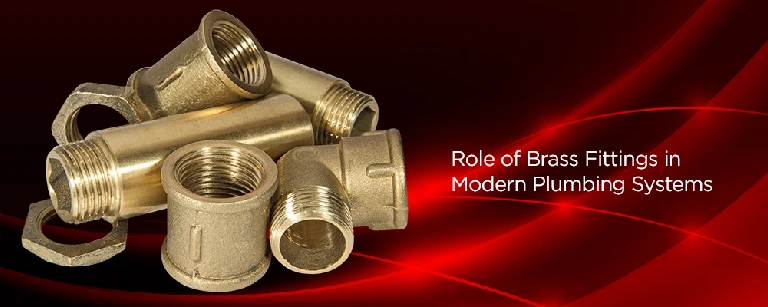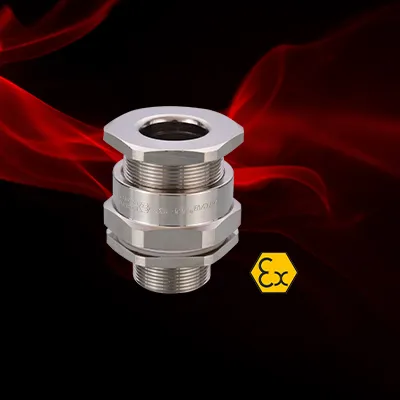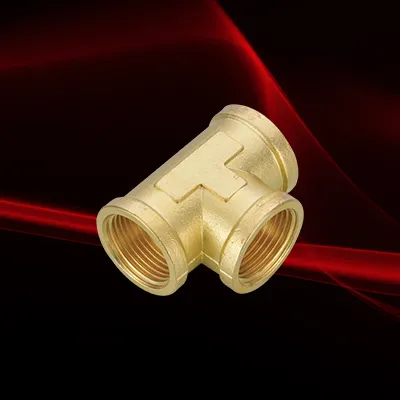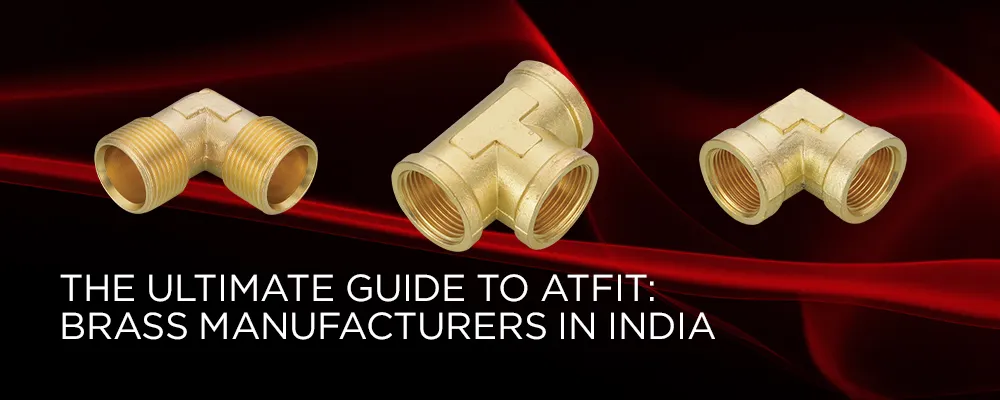
In today’s manufacturing world, choosing the right material is essential for long-term reliability, efficiency, and cost-effectiveness. Among the most commonly debated options are brass vs stainless steel. These materials are widely used across plumbing, construction, automotive, and industrial sectors, each offering unique advantages.
This comprehensive guide explores their properties, performance, and typical applications to help you make informed decisions. As a leading manufacturer of brass pipe fittings, Atlas Metal Industries emphasizes material education to support engineers, designers, and procurement professionals in choosing the right component for their system.
Understanding the composition of stainless steel and brass provides the foundation for comparing their capabilities.
Brass is an alloy primarily made of copper and zinc. It is known for its excellent machinability, thermal conductivity, and aesthetic appeal.
Stainless steel, on the other hand, is an alloy composed of iron, carbon, and chromium, often enhanced with elements like nickel and molybdenum. The stainless steel composition gives it high tensile strength and resistance to oxidation.
Key stainless steel properties include:
- High strength-to-weight ratio
- Excellent formability
- Resistance to high temperatures
- Long service life
Brass, meanwhile, offers:
- Low friction and wear
- Superior acoustic and thermal properties
- Easy casting and forging
- Malleability even in cold temperatures
Understanding these fundamental properties helps determine suitability for specific environments and performance expectations.
Corrosion resistance is a critical factor in selecting materials for long-term use.
The corrosion resistance of brass is generally good, particularly in water-based environments. However, it may be susceptible to dezincification, especially in harsh or acidic conditions.
Stainless steel, thanks to its high chromium content, forms a passive oxide layer that protects it from rust and corrosion. Depending on its stainless steel composition, it can be highly resistant to a wide variety of chemicals, moisture, and temperature changes.
While both materials perform well under normal conditions, stainless steel typically offers superior resistance in highly corrosive or outdoor environments. This makes it ideal for marine applications, chemical plants, and food processing units.
When it comes to strength and durability, stainless steel properties are unmatched. It has a significantly higher tensile strength than brass, making it suitable for structural and load-bearing components.
Brass, while softer, is durable in its own right. It handles vibrations and mechanical wear well and is not prone to cracking under pressure. For many plumbing and instrumentation applications, its resilience and ease of maintenance make it an attractive option.
In heavy-duty industrial systems or environments with high pressure and stress, stainless steel remains the preferred material due to its hardness, wear resistance, and ability to retain mechanical properties over time.
Cost is often a deciding factor in material selection. Brass vs stainless steel components vary significantly in price.
Brass is generally less expensive than stainless steel, both in raw material cost and fabrication. Its machinability reduces production time and tool wear, offering cost savings during manufacturing.
Stainless steel, with its complex alloying elements and higher energy requirement for processing, comes at a premium. However, its long-term value and lower maintenance needs can offset the initial cost.
Availability for both materials is high. But in terms of global demand, stainless steel is used in a broader range of industries, potentially influencing price fluctuations and supply chain dynamics.
Brass is widely appreciated in the manufacturing industry for its excellent machinability. It can be easily cast, cut, and joined, allowing for precise and efficient production of complex shapes and fittings. Its lower melting point also makes it suitable for high-volume production with reduced energy usage.
In contrast, while stainless steel properties make it durable and strong, it is more difficult to machine. Higher tool wear and slower cutting speeds can increase manufacturing costs and lead times.
That said, advancements in CNC and fabrication technologies are closing the gap. When strength is a priority over ease of machining, stainless steel becomes the better option.
Both brass and stainless steel are recyclable, making them sustainable choices. Brass, being copper-based, is often recycled into new fittings and components with minimal energy.
Stainless steel is also 100% recyclable and retains its properties without degradation. Its long lifespan and reusability make it a preferred material in industries focused on reducing carbon footprint.
However, the extraction and processing of stainless steel involve higher energy usage due to its composition of stainless steel, which includes energy-intensive elements like nickel and chromium.
If energy efficiency and ease of recycling are top priorities, brass may offer slight environmental advantages.
The debate of brass vs stainless steel becomes more contextual when considering industrial use cases.
Brass is widely used in:
- Plumbing fixtures
- HVAC systems
- Instrumentation fittings
- Decorative hardware
- Marine applications (non-corrosive environments)
Stainless steel is preferred in:
- Chemical processing
- Medical equipment
- Structural components
- Food & beverage processing
- Outdoor and marine environments (corrosive)
Your choice should reflect the demands of your specific industry. Both materials are versatile, but understanding where each excels helps in reducing maintenance and improving system efficiency.
Here are some important factors to help choose between brass vs stainless steel:
- Environment: Will the component be exposed to chemicals, moisture, or high temperatures?
- Load and Stress: Will it handle high pressure or weight?
- Fabrication Needs: Does the project require extensive machining or forming?
- Budget: Are upfront costs or lifecycle costs more important?
- Aesthetics: Do appearance and finish matter for the end use?
For quick prototyping and cost-effective production, brass may be the better choice. For high-performance, high-durability applications, stainless steel stands out.
At Atlas Metal Industries, our team can help you evaluate these parameters and recommend the ideal material for your application.
Both brass and stainless steel are valuable materials in the manufacturing world, each offering a range of benefits. While brass is known for its affordability, ease of machining, and solid corrosion resistance, stainless steel offers unmatched strength and superior performance in harsh environments.
The final decision depends on application needs, budget, and operating environment. Understanding the stainless steel properties, corrosion resistance of brass, and the broader comparison of brass vs stainless steel can guide better, more sustainable choices in your design or procurement process.
Is brass cheaper than stainless steel?
Yes, brass is usually more affordable both in terms of raw materials and ease of machining. It also reduces manufacturing time, making it cost-effective for many applications.

